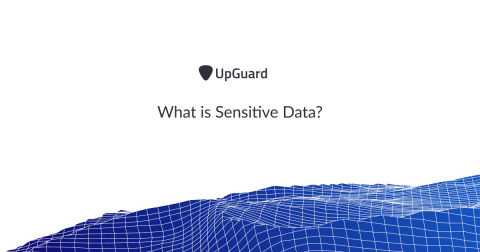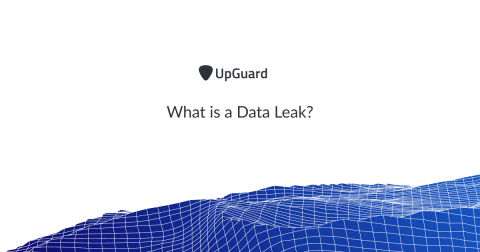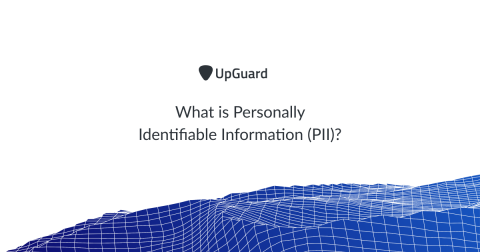5 Modern Skills for Modern CISOs
As the digital economy has grown and changed, cybersecurity has become an integral part of operating nearly any successful business. The Chief Information Security Officer (CISO) is at the forefront of the modern cybersecurity organization, and CISOs have to adapt to the changing times in front of them.









